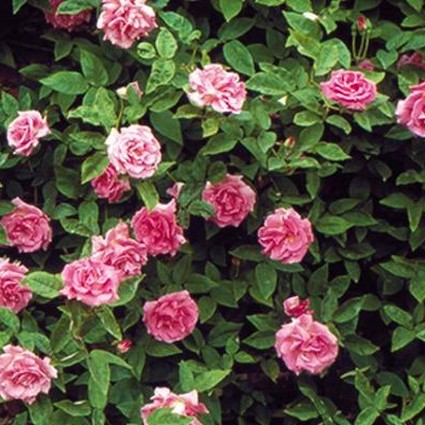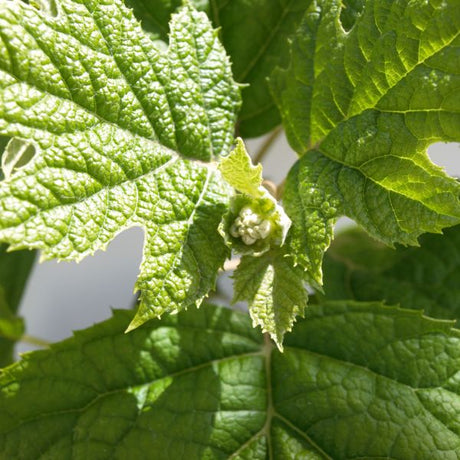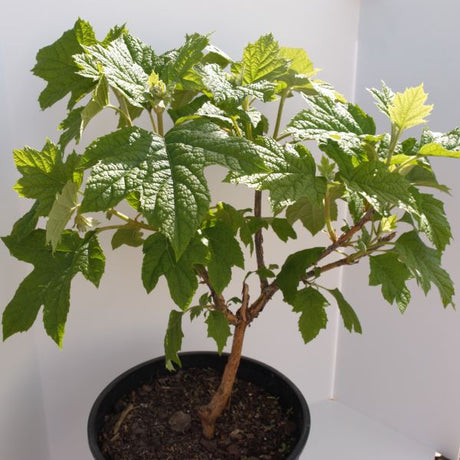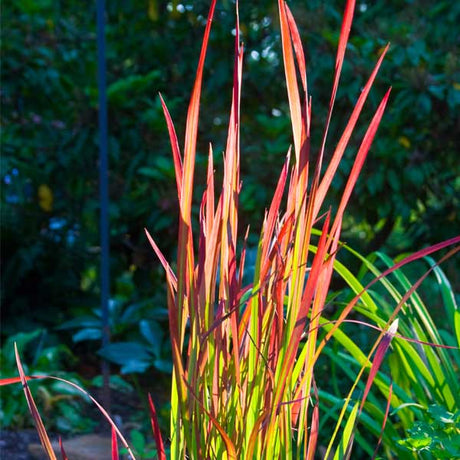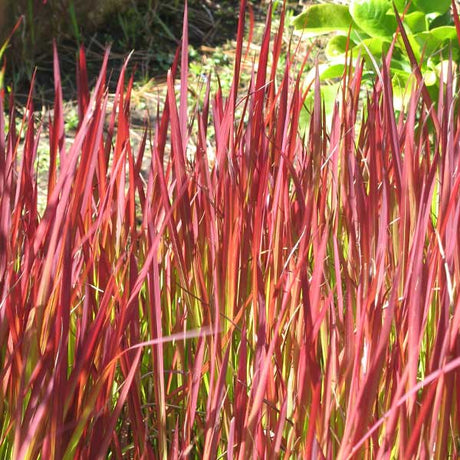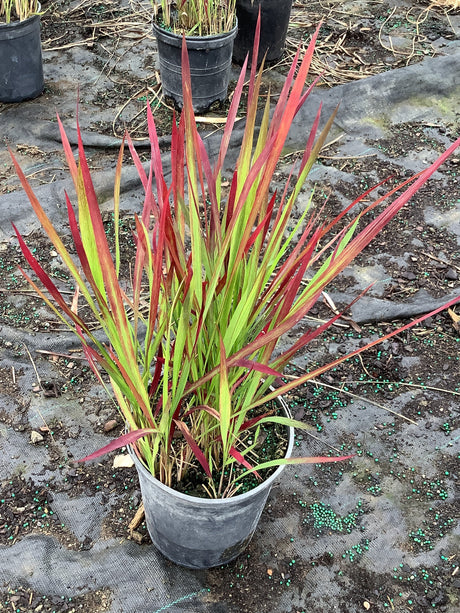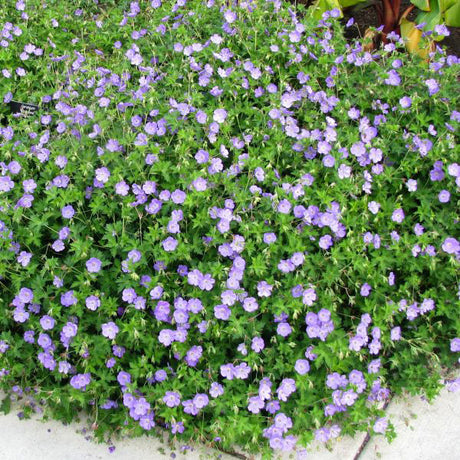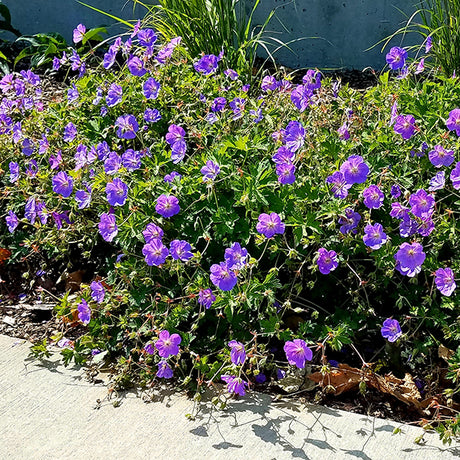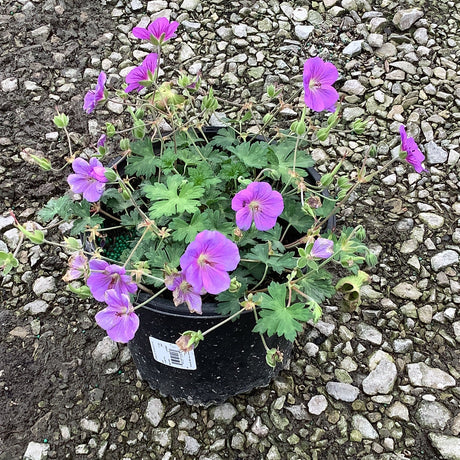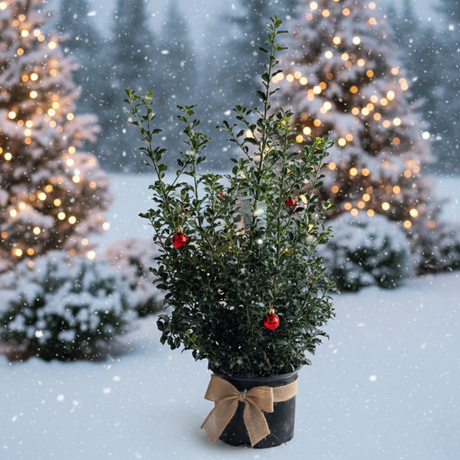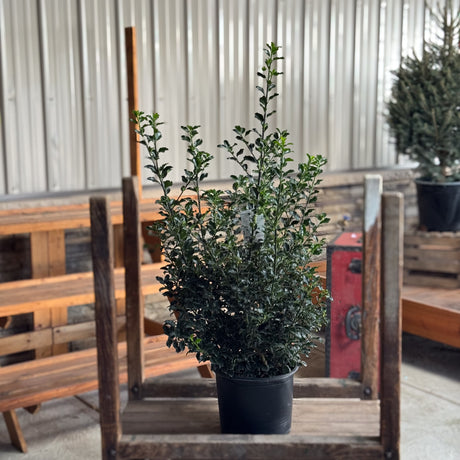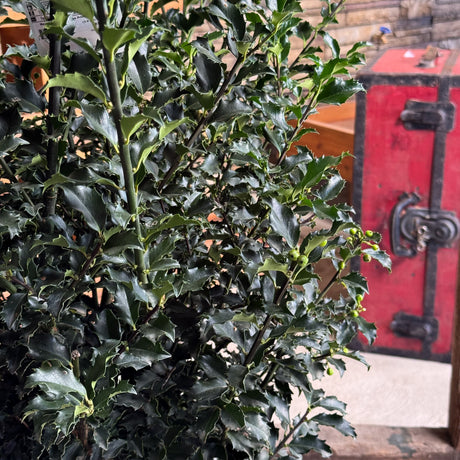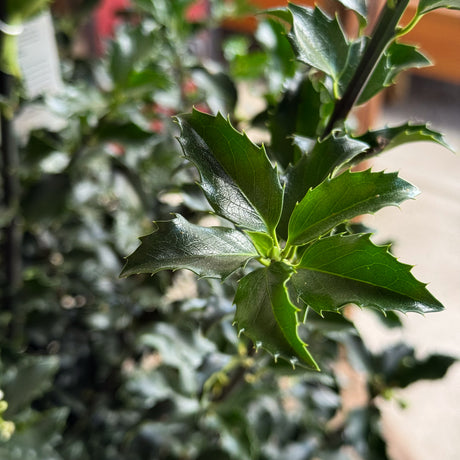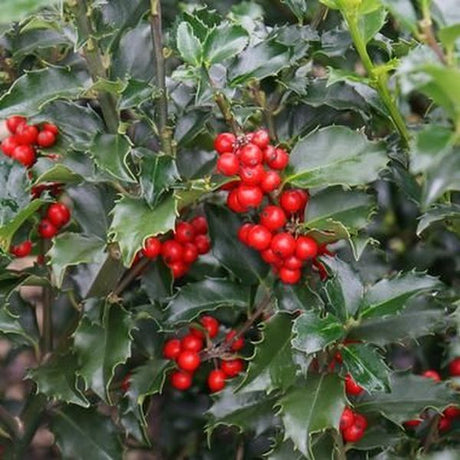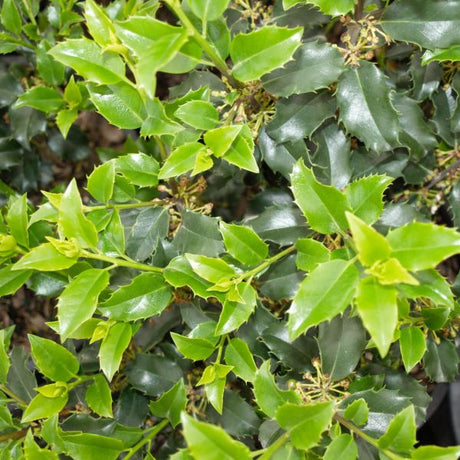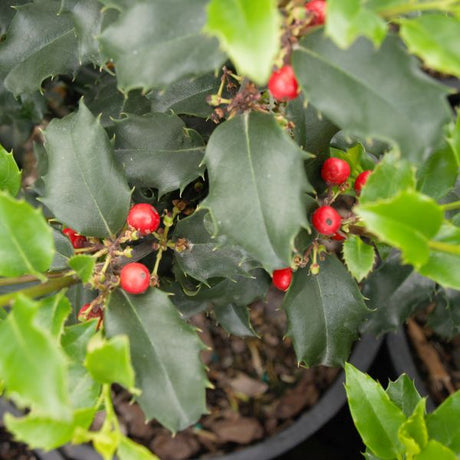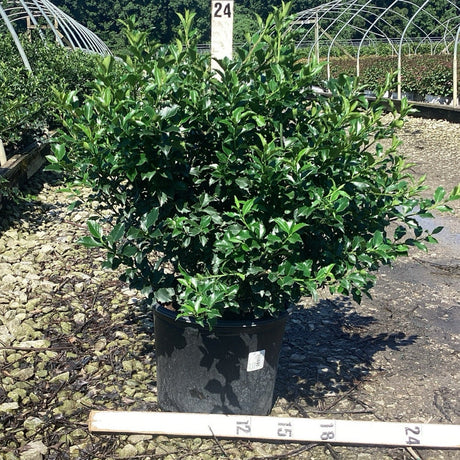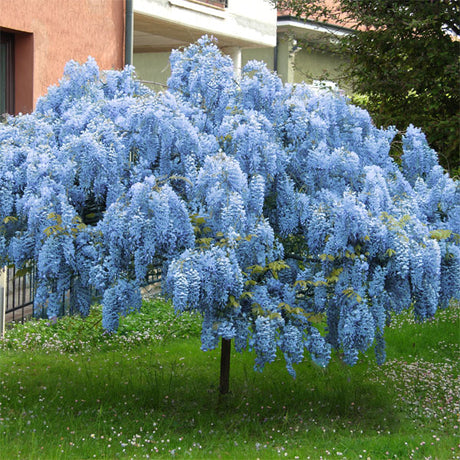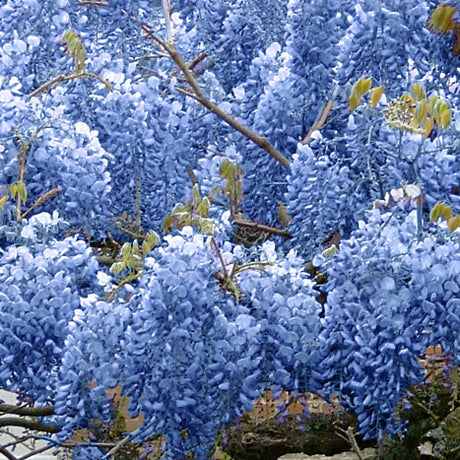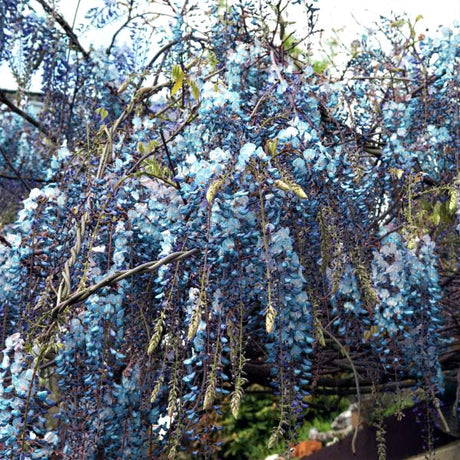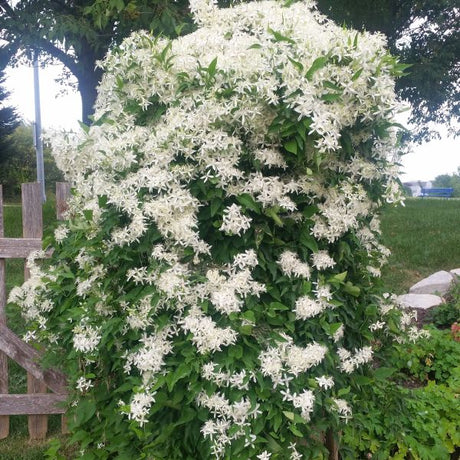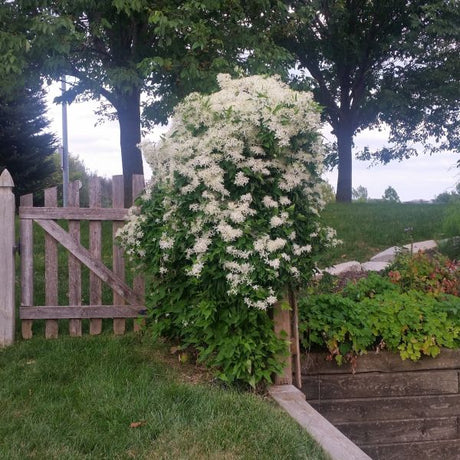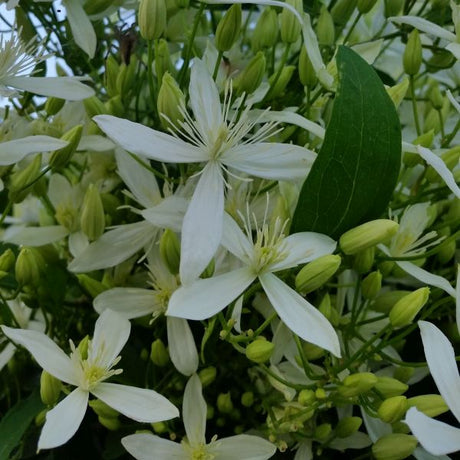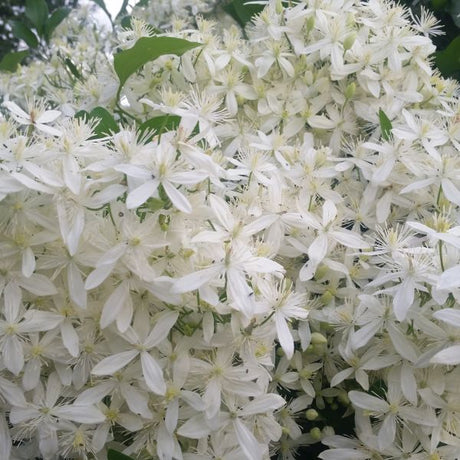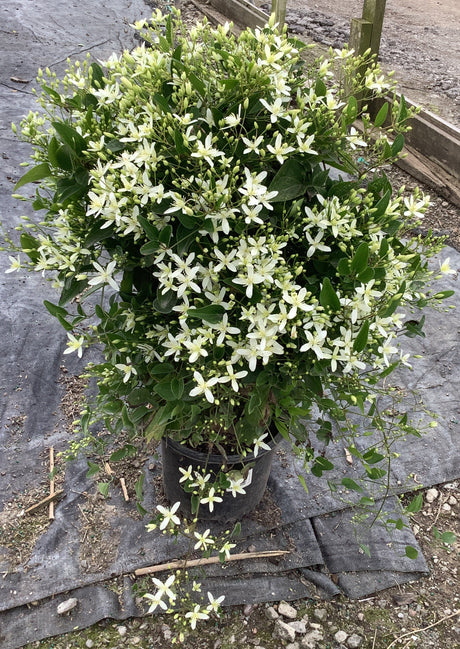Daylilies, or Hemerocallis, are perennials with fleshy, bulb-like roots that are so incredibly easy to grow and super hardy; it is no wonder that nurseries have hybridized and expounded on a dizzying assortment of colors, shapes, forms, and sizes for our enjoyment! Tough as nails, highly adaptable, and so easy for the novice gardener to use when first getting started!
All About the Daylily
The name Hemerocallis translates from the Greek language and means 'beauty for a day', and from there we get Daylily since each flower only lasts for 1 day.
Daylilies bloom in the summertime. A typical ‘scape’, or the stem with the flowers, can bloom anywhere between 1 week and 1-½ months. Each bloom takes its turn in the spotlight before fading and letting the next in line take its place.
They are among the first greens to begin sprouting in the spring, forming fountains of arching, graceful green blades of foliage that create mounds of long, elegant leaves.
All parts of the Daylily plants are edible, though the flowers are most often used as a garnish or the buds stuffed and fried. Flower buds may be cooked and are said to taste something like green beans. The flower petals can be used in salads and are quite tasty. Usually considered a survival food source, they’re not meant to be used in large quantities.
Older blooms may cause some gastrointestinal discomfort, so as always, CAUTION is advised if you are new to eating them!

Daylily Care
In early spring, remove any remaining debris from the clump before the plant begins to green up.
Daylilies are so versatile that they perform under almost all conditions except in heavy waterlogged soils. They are happiest in soil that is rich and moist. Once established, their roots are surprisingly drought-tolerant and can handle harsh conditions for a decent amount of time!
The plants require a minimum of six hours of direct sunlight per day, although they will prefer full sunlight. They flower more profusely in a bright sunny area, but they will tolerate quite a bit of shade and heat.
There are 2 important things you should remember to do for your Daylilies to keep them healthy and stress-free.
- When the entire flowering stems are done blooming, cut them down to the crown of the plant; reblooming varieties will reward you with another round of blooms!
- Also, in late fall, it is always a great idea to cut all of the old foliage off right down to the ground each year, like a crew cut.
Pruning Daylilies in late fall eliminates old or diseased foliage and can prevent the disease from hitching a ride on those old leaves and causing problems next year. It also gives snails and slugs no place to hide.
Daylily Division
Early spring is a great time to divide your plants! Even after the June bloom, they can be cut back and divided, and others like to divide them in early fall so they have plenty of time to re-establish. In a pinch, Daylilies can be divided most anytime as long as they are carefully watered after planting.
Because of their clump-forming nature, Daylilies are one perennial that appreciates being divided every few years to maintain a foot-wide clump. When Daylily clumps get too wide, they lose some vigor and may reduce flowering, crowding out the stems and roots in the center of the mound. So to keep them stress-free, get your spade out and reduce the size of the clump every few years.
This, of course, just means more plants for you to use elsewhere in your garden, or to give to a friend!
Larger clumps can be divided by slicing down into an existing clump with a sharp shovel and only removing part without disturbing the entire clump. Dividing them can be done in early spring, just as they come out of dormancy, or you can wait until they are done blooming in late summer and then divide them then as well.

Step-by-Step: Transplanting Daylilies
Step 1: Prepare the New Location
Before transplanting, make sure the new spot is ready to provide the best growing conditions for these long-lived beauties. Daylilies are very forgiving, but a little preparation goes a long way toward ensuring their success.
Step 2: Give the Roots Room to Grow
Dig a wide enough hole so the roots can spread out comfortably. Avoid planting them deeper than they were growing in their original clump.
Step 3: Hydrate the Planting Hole
Fill the hole with water and allow it to drain completely. Once drained, spread the roots out in the hole, then backfill with soil.
Step 4: Water Thoroughly
After planting, water until the soil is soaked and water begins to pool. Let it soak in fully, gently tamp down the soil, and water again until you see pooling. This process ensures the roots and surrounding soil are fully hydrated and free of air pockets.
Step 5: Mulch for Moisture and Protection
Add a 3–4 inch thick layer of mulch around the base of your Daylilies. This helps retain moisture, protect the roots, and insulate them from both summer heat and winter chill.
Step 6: Enjoy the Rewards
Daylilies are nearly impossible to kill, come in all shapes, sizes, and colors, and offer amazing versatility in any landscape. Why wait? Let NatureHills.com help you choose the perfect Daylily for your garden, or start your very own collection today!
A Delightful Daylily Finale
Whether you’re transplanting, dividing, or adding new varieties, Daylilies will reward you with years of color and beauty. Which Daylily do you have growing? Share in the comments and reach out anytime to our knowledgeable horticultural staff for expert advice.
Happy Planting!




